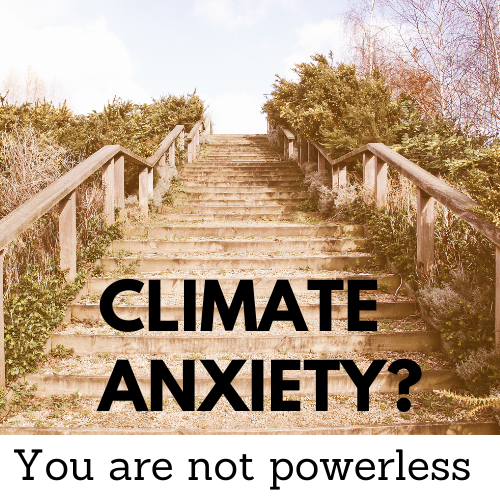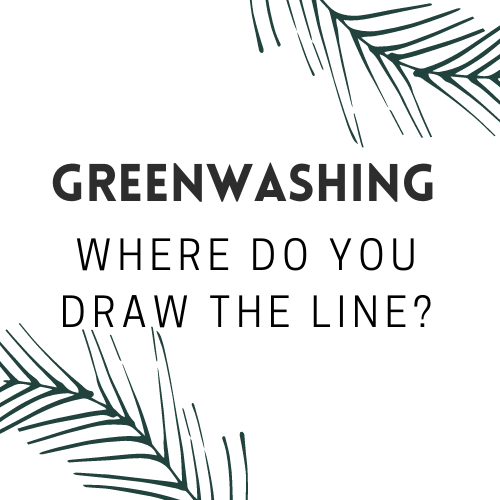
I love nature. I love going hiking. I appreciate a windy day as it blows through the trees. I love soaking up the sun on our rare warm days in the Midwest. I can appreciate fish from afar, but not up close, those things are nasty. I can appreciate the occasional documentary on amazing wild animals as I know I probably won’t see them in the wild myself.
Ah, got ourselves another tree hugger?
There is a misunderstanding that someone who is trying to “save the planet” or be more environmentally friendly is doing it for the trees and the animals. There are so many people out there doing amazing things and it is being grossly over simplified. These movements are meant to help sustain humans lives on this earth.
The trees will be fine, we are the ones in trouble.
If we don’t start using the resources we are given more efficiently, large catastrophic events become more plausible. Severe weather increases, oceans rise, depleted soil for food, higher global temperatures, resource scarcity, etc.
These tragic events are first affecting the impoverished and minorities. The people who struggle to have enough resources as it is. They are the ones paying for everyone’s mistakes first. From there, these earth changing events will affect more and more of the earth’s population. The more resources that someone has the longer they may be able to sustain themselves, but eventually resources will deplete.
Take the depleted soil that is needed for farmland. The food shortages that will first affect small farming communities. Companies will then struggle to find access to crops, leaving even larger communities with no fresh foods. This will only continue to compound as other resources besides food become harder to come by.
It is heavy stuff to talk about, but we would be doing an injustice by not talking about it.
As humans, we tend to be under the assumption that once we leave this earth, it will cease to exist. However, the earth is incredibly resilient. It will continue on.

When we are gone, then what happens?
The earth will continue to spin with no humans. The remaining species will continue to adapt to the climate they are given. The lakes and oceans will wash away our footprints.
Nature will rebuild. Just ask the weeds growing in my yard. They are there trying to increase biodiversity everyday and I keep stubbornly pulling them out.
The forests will come alive again. Other species will thrive, because we are gone.
So if it isn’t about the trees, what is it about?
Sustainability is currently being argued as not the right term we should be striving for. We need to not just sustain ourselves, but also regenerate and thrive. We need to not just survive, but also help ourselves and others find happiness in whatever time we have here on earth.
I was at a picnic for the Citizens Local Energy Action Network (C.L.E.A.N.) this summer and there was a fantastic presentation by the board. One of the items they brought up was the United Nation’s 17 Sustainability Goals which were presented back in 2015. Each goal lays out different areas across the world that needs to be addressed to live in a world that is sustainable and thriving. It doesn’t just include saving the bees, though that are a piece of it. Each piece of the 17 goals listed make up a greater whole.

So while I do love those trees, I don’t think being environmentally conscious and regenerative-minded falls under the strict term “tree hugger”. If anything, I suppose it would be more of a people hugger. (Yes, I did cringe writing that sentence.) Everyone has their own passions that drive them. Above there are 17 entirely different ways to help sustain humans on this planet and each one is incredibly important in it’s own way, but they all help toward helping ensure we can hang out on this cool planet a bit longer.

Resources:





One thought on “Saving people, not exactly the planet.”
Well said. I love this paragraph – “The earth will continue to spin with no humans. The remaining species will continue to adapt to the climate they are given. The lakes and oceans will wash away our footprints.” Indeed.